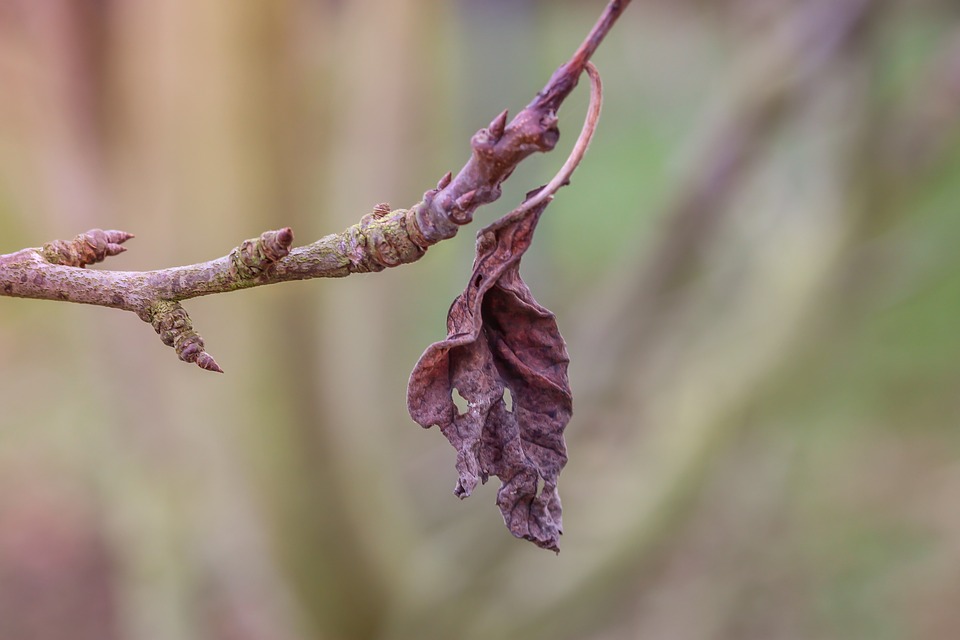You might have been a diligent plant parent, but things can still go wrong, as when you are dealing with the natural world, some things are beyond your control. The only key to successful gardening is to pay close attention to the plants and learn from your mistakes. So, let’s discover some of the common houseplant problems!
#1. Leaves That Turn Yellow

Before you start to panic, let me inform you that it is completely normal for older plants’ leaves to yellow and drop off as it is part of their natural ageing process. However, if too many leaves are turning yellow, including new growth, then this could be a sign of a more significant issue. But the good news is that yellow leaves let you know that your plants need help.
Let’s trace back to the possible causes of yellow leaves:
- Poor drainage or improper watering: Sometimes, either too much or too little water can be the leading cause behind yellow leaves. For instance, when the soil is overly wet, the roots cannot breathe and due to suffocation, they stop transporting water and nutrients that plants require. This also applies for under watering, where plants cannot take up essential nutrients with too little water. As a result, leaves turn yellow.
- Root Damage: Once again, damaged roots cannot function properly and deliver necessary nutrients to plants, resulting in yellow leaves.
- Too much sunlight might be another cause.
#2. Edges of Leaves That Turn Brown

When your plant gets brown leaf tips, your first thought is that a disease or pest is attacking your plant. But that is not always the case. There are several reasons why this may happen:
- Inconsistent Watering: Brown-leaf edges are often an indication that you need to rethink the way you are watering your plants. The unsteady or too little water supply is one of the main causes of brown spots on leaves. For example, you can’t just go for weeks without watering then randomly surprise your plants with a well-intentioned deluge.
- Lack of humidity: Most houseplants are tropical plants and a low humidity in your house can cause brown tips on leaves.
- Salt built-up in soil: It is true that most potted plants need a little fertilizer once in a while but remember that more was never necessarily better and if you are feeding your plants with a too much salt, it can accumulate in the potting mix and cause brown leaf tips.
#3. Leaves That Fall off Your Plant

Do you constantly have to pick up leaves from the floor when you walk by your plants? Dropping leaves can be quite disheartening, especially if you don’t even know why it is happening.
Even though it is seen as completely normal for some plants to go through leaf loss, there are some other reasons that explain dropping leaves and they are not really good.
- Over watering and under-watering: Too much or too little water can affect a plant’s structure. And as a result, the leaves cannot support their own weight any more, leading them to drop.
- Weather and climate: Environmental changes can be one of the reasons for leaf loss in plants. For instance, sudden changes in temperatures, whether hot or cold, can lead to dropping leaves.
- Seasonal changes: We are all familiar with leaf loss in fall. But did you know that it can also occur in spring and summer?
- Pests and disease: There are some pests and diseases that can cause leaf loss in plants.
#4. Leaves That Wilt

Wilting leaves are a giveaway that something is wrong with your plant. There are numerous reasons why leaves may wilt:
- Not enough water:
We have a skeleton structure that helps us to stand straight. However, unlike us, green leafy plants don’t have
such structure and instead use water pressure to keep them standing straight. To understand this concept, let’s think of a plant leaf as being similar to a garden hose. When water is turned on, water pressure inside the hose is increased and the hose becomes stiff. But when the water is turned off, the hose becomes limp, like it’s wilted. This also applies to plants. If the roots don’t get enough water, they cannot maintain the plant’s proper water pressure, which leads to the leaves to wilt.
- Rotting Roots:
Roots can rot due to overwatering or certain diseases and as a result, the plant is affected and the leaves wilt.
Have you ever experienced these problems? Please share your comments!



